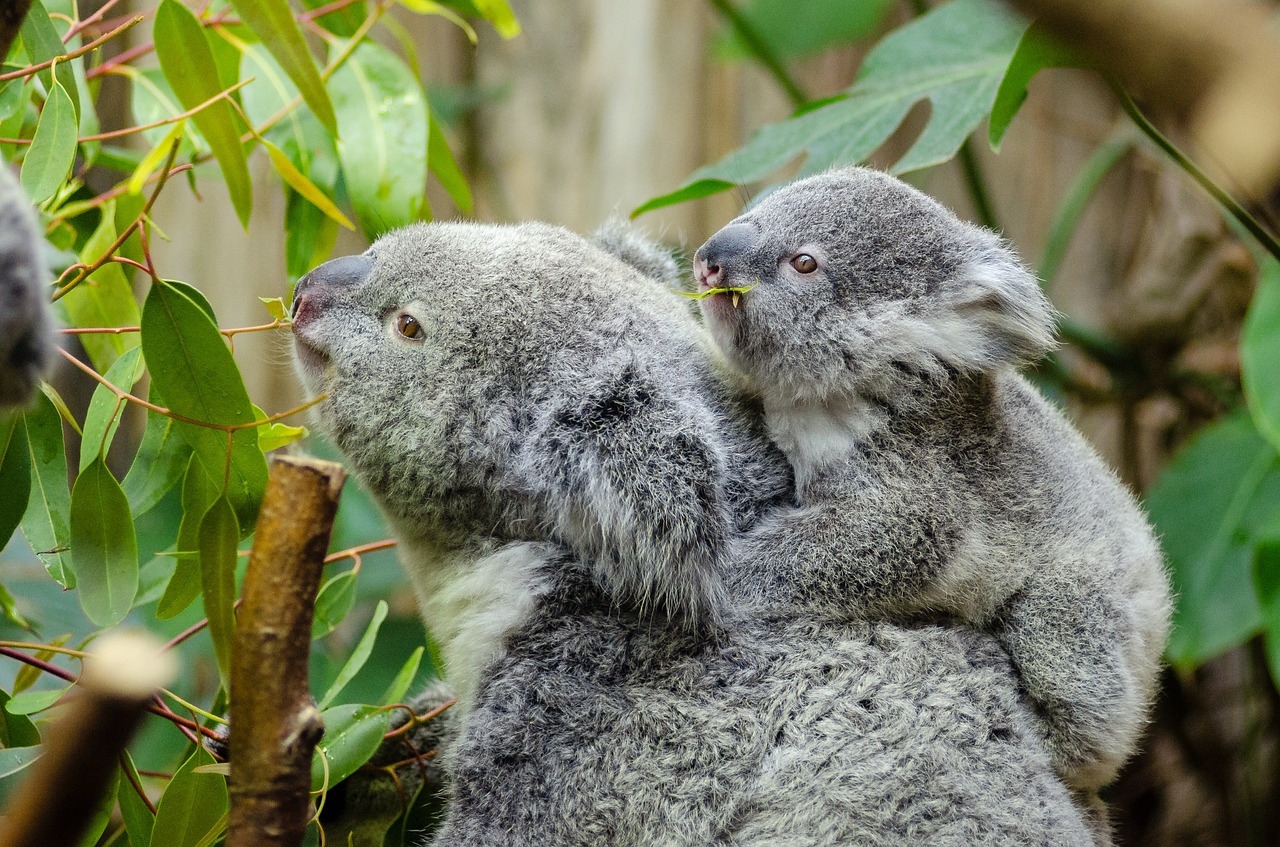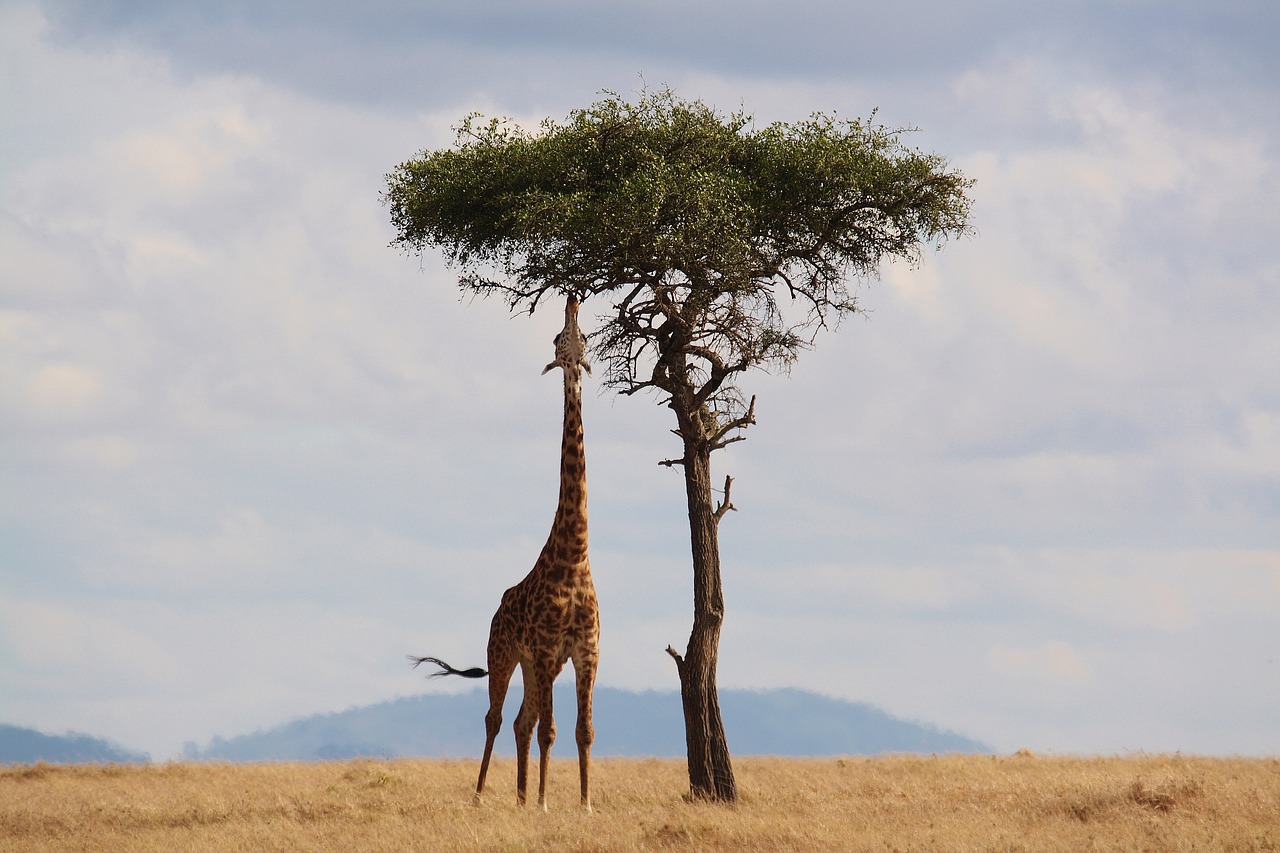Evolution 101
Some creatures seem perfectly adapted to their environment. Take the koala, for example. Thanks to a specialised digestive system, it survives on very fibrous, low-nutrient and, to most animals, poisonous eucalypt leaves. Or the leafy seadragon of southern Australia, a kind of seahorse that looks exactly like a piece of floating seaweed. This renders it invisible to predators, and attractive to the tiny shrimp who seek shelter in its leafy appendages and end up becoming the seahorse’s next meal instead.
When we think of evolution, it’s these kinds of animals that often come to mind. Some might say they have ‘evolved to suit their surroundings’…right?
Well, not always. Many things can happen to produce features that don’t seem to be adaptive to the environment. To get a better understanding of how and why these quirky features come about, we need to take a closer look at the nuts and bolts of evolution.

Variation and heredity
There’s a huge amount of variation in the characteristics and traits of individuals within a species. You only need to look at your own family to see that even children of the same biological parents may be remarkably different in appearance and characteristics.
We all know that, when it comes to the creation of a new human life, it takes two to tango. For a baby to be created, we need the father’s sperm and the mother’s egg, each of which has a single set of chromosomes bearing our 23,000-odd genes (a genome). During fertilisation, the two cells fuse to become a single cell, containing genetic information from both parents. The embryo, and the adult it grows into, has two genomes in each cell. It’s the random mixing and recombination of the DNA of two organisms that results in the unique characteristics of their offspring, each child getting a different mix of genes from the mother and father.
Genetic variation happens through mutation—that is, changes or copying errors in the DNA that may be spontaneous or caused, for instance, by exposure to chemicals or radiation. A gene may exist in many slightly different variants, called alleles. For a mutation to be passed on to the next generation it has to happen in the sex cells; that is, the sperm or egg. If changes happen in normal body cells, they are lost when the body dies (at least in the case of sexually reproducing organisms).

Natural selection
Thanks to these processes, we end up with species within which individuals have different features. Some of these features will be more beneficial than others to animals living in a particular environment. For example, a digestive system that can cope with eucalypt leaves is going to be pretty useful to creatures, like koalas, living in Australia.
Animals with features that are most suited to their environment will be more likely to survive, and pass on their genes to their offspring. These characteristics are passed down more frequently to future generations. This is ‘natural selection’.
Consider the giraffe, for example. A Darwinian theory of evolution posits that it was through random variation that some giraffes had longer necks than others. Thanks to their long necks, they were able to reach leaves high up in the trees in their environment. Because they could access food, the giraffes with longer necks were better able to survive and reproduce, with their offspring inheriting their long necks.
Since Darwin’s time, scientists have been able to trace the evolution of various organisms through fossils and via DNA sequencing. They are even starting to identify the precise gene mutations underlying particular changes, such as changes to the genes that regulate the length (not number) of vertebrae in the giraffe’s neck, or changes to a gene that resulted in the forelimbs of bats becoming wings.





